Using only KCL
I'll completely avoid setting up a Thevenin equivalent, followed by a KVL analsysis. Instead, I'll only use KCL on your circuit:
simulate this circuit – Schematic created using CircuitLab
There are three unknown nodes. Let's call them \$V_\text{B}\$, \$V_\text{E}\$, and \$V_\text{C}\$. (You should have no problem assigning those to their associated circuit nodes.)
So, assuming the BJT is in active mode (and we have to assume that, to start -- we can always disprove that assumption if this analysis doesn't produce reasonable values) and using KCL we can get:
$$\begin{align*}
\frac{V_\text{B}}{R_1}+\frac{V_\text{B}}{R_2}+I_\text{B}&=\frac{V_\text{CC}}{R_1}\\\\
\frac{V_\text{E}}{R_\text{E}}&=I_\text{E}
\end{align*}$$
But we know a few added things, also assuming active mode. For example, \$I_\text{E}=\left(\beta+1\right)I_\text{B}\$ and also \$V_\text{E}=V_\text{B}-V_\text{BE}\$. So the above can be rewritten as:
$$\begin{align*}
\frac{V_\text{B}}{R_1}+\frac{V_\text{B}}{R_2}+I_\text{B}&=\frac{V_\text{CC}}{R_1}\\\\
\frac{V_\text{B}-V_\text{BE}}{R_\text{E}}&=\left(\beta+1\right)I_\text{B}
\end{align*}$$
We now only have two unknowns and two equations, \$V_\text{B}\$ and \$I_\text{B}\$. So it's solvable by the usual means.
Question 1
If I am given the below circuit, how to determine whether the
transistor is operating in active/saturation/cut off region?
Start by following through with the above analysis and then compute quantities from it. From there, you can determine \$I_\text{E}\$ and thereby \$I_\text{C}\$ on the assumption that it is in active mode. If you now examine \$V_\text{C}=V_\text{CC}-R_\text{C}\cdot I_\text{C}\$ and compare it with \$V_\text{E}=R_\text{E}\cdot I_\text{E}\$ and find the difference value to be below about \$600\:\text{mV}\$ in this case, then it is in saturation and not active mode. The lower that the computed \$V_\text{C}-V_\text{E}\$ is, the deeper the saturation.
Otherwise, it's in active mode.
Question 2
How is the base current determined in the below circuit when there is
not base resistor given? The voltage at the base is calculated to be
1.4V. But how is base current calculated?
By using the above-mentioned KCL solution process. \$I_\text{B}\$ just falls out.
Question 3
What determines the current through the collector-emitter branch? Is
is the emitter resistor or collector resistor?
If it is not in saturation, then the emitter voltage follows the base voltage and this determines the voltage across \$R_\text{E}\$ -- which determines its current and therefore the emitter current. So in this case, only the emitter resistor determines the current through the \$R_\text{C}\$+\$V_\text{CE}\$+\$R_\text{E}\$ path. The collector itself acts like a current source that reflects the emitter current.
If it is in saturation, then both resistors determine the current. You take \$V_\text{CC}\$, subtract some estimated tiny value for \$V_\text{CE}\$ (but obviously non-zero and positive) that should be on the order of a few hundred millivolts or less, and then divide that result by \$R_\text{C}+R_\text{E}\$. In this case, the collector acts like a voltage source.
Answer
Suppose you assume (and it is an assumption for now) that \$V_\text{BE}\approx 700\:\text{mV}\$ and that \$\beta=200\$. Then the above calculations with your circuit would find that \$I_\text{B}\approx 18\:\mu\text{A}\$, \$V_\text{B}\approx 1.35\:\text{V}\$, \$V_\text{E}\approx 652\:\text{mV}\$ and \$V_\text{C}\approx 2.55\:\text{V}\$. This would imply \$I_\text{C}\approx 3.6\:\text{mA}\$, which is consistent with the assumption that \$V_\text{BE}\approx 700\:\text{mV}\$. Since \$V_\text{C}-V_\text{E}\approx 1.9\:\text{V}\$, the BJT is not saturated.
Feel free to try other values for \$\beta\$ or \$V_\text{BE}\$ and see how things vary. It's worth the effort.
If things had turned out differently, and the circuit was in fact saturated, then the computations are different. As I pointed out, the current through \$R_\text{C}\$ and \$R_\text{E}\$ would then be determined by \$V_\text{CC}\$, less some assumed small value for \$V_\text{CE}\$, divided into by the sum of \$R_\text{C}\$ and \$R_\text{E}\$. So, you'd have different results in that case.

